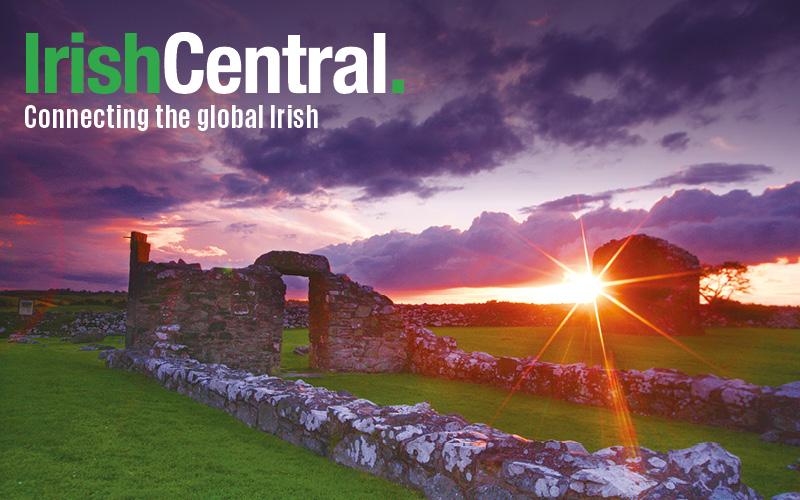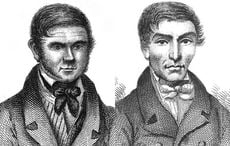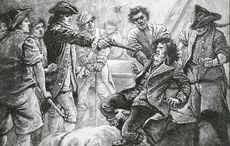Since 2011, the contents of the 1901 and 1911 Irish census have been freely accessible and searchable online (you can carry out your own search here), providing an incredible insight into the Ireland so many of our ancestors left.
The 1911 census was first made available on the website in 2009 because the film was of better quality than the 1901 records. Within its first few months online, the 1911 census attracted 7 million views and the addition of the 1901 data has proven to be just as successful.
Of the many deeds the Irish government has done to attract interest in Ireland, I firmly believe putting the 1911 and 1901 censuses online will continue to prove to be the most important.
For millions of Irish Americans it allows a sacred moment, a second to touch the past and to see the ancestors or relatives they have only dimly glimpsed through the mists of time.
Alas, there are no censuses available form the previous century—all were either burned or lost. So 1901 will remain the touchstone.
On the 1901 census, my wife Debbie found her great-grandfather Martin McGoldrick living on the family farm in Sligo. For some reason, the 1911 census seemed to miss his little village.
I could tell by her reaction just how deep and significant a moment it was.
It is an amazing document that allows us to reach out and touch the past on a given night on a given year in Ireland.
READ MORE: Tackling anomalies in your Irish family history research.
For my own part, it was like revisiting a familiar fireside. I had seen the 1911 census count, marveled at the information I had been able to glean, including my first glimpse of my great grandfather and turned to the 1901 census feeling like I was seeing a movie rewound.
It is March 31, 1901, and in the Dowd house in Kilcooley, County Kerry, (there was no O’ used back then) seven miles or so west of Dingle, there are 13 people living in the three–roomed residence.
It is five years before my father is born there.
There is my great-grandfather, Ned, 60, hale and hearty, and his three sons, including Daniel Dowd who my father would be named after, and one daughter.
There, too, is my grandfather, Michael, married to Kate Kennedy, and they have three very young children, John, Maggie, and Mary.
Maggie intrigues me. I had never heard of her and she does not appear in the 1911 census. Clearly she passed away sometime in the next decade. From what, I will never know, but my father never spoke of her.
Suddenly, realizing I had an Aunt Maggie who did not live fills me full of curiosity about her. What happened? Why was it never spoken about?
It was certainly not unusual for people to pass away back then in the age before antibiotics, but it is a sad moment to realize I lost a relative so young.
John Dowd, the oldest son in my father’s family is there. He is called Jack and will later leave for America. He will settle in Detroit and work for the Ford motor Company his whole life.
He will have triplets, so rare an event that they are featured in several national magazines and I will get to know them.
READ MORE: Court records show George Clooney’s Irish family had their land stolen.
In 1981, I will visit him in Detroit, in the little suburban bungalow he has made his home in. He will press $20 into my hand in an envelope, as all emigrants did for new arrivals back then.
He will ask me what fields are they planting back home, but I am no longer from Kerry and am unable to answer. He is the spitting image of my father.
John’s older sister, Mary, also made her way to America and Detroit, but I never had the opportunity to meet her. She would die in a traffic accident.
The census reawakened all these echoes and made me aware once again of how lucky my generation was with our access to education and life choices these relatives could only have dreamt of.
And then there’s my dead little Aunt Maggie, who I will never know. She is a poignant postscript to reading about my father’s family in the 1901 census.
May she rest in peace.
* Originally published December 2011.




Comments